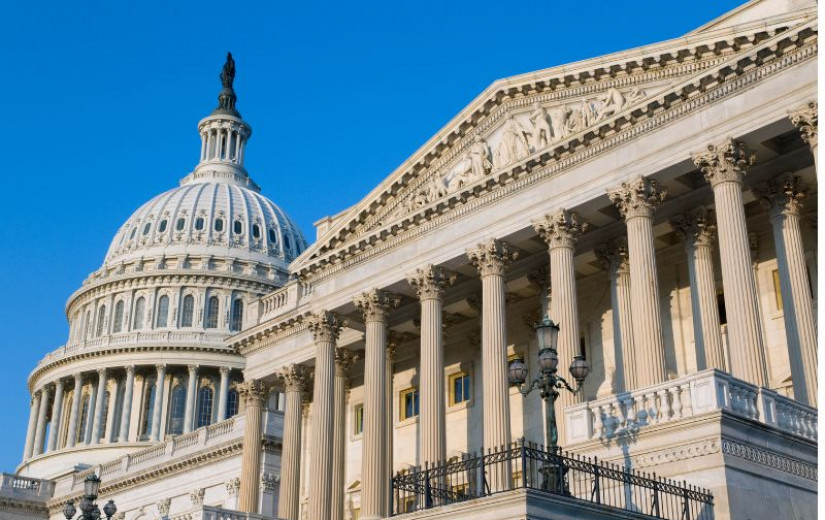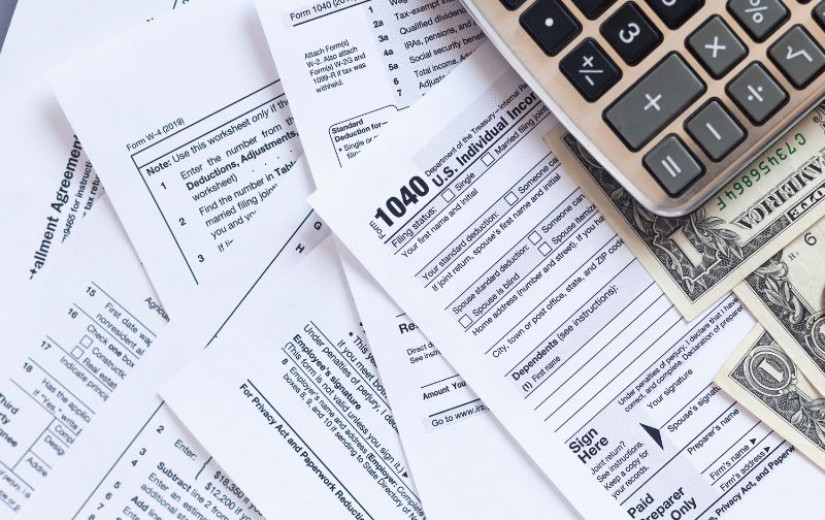

In the US-China tariff war, the balance may tilt towards China due to rare earth minerals that China possesses. More than the adverse impact of tariff-imposed price hikes on US consumers, the US may actually suffer more from supply side economics (export ban) of rare earths.
China has near monopoly for processed rare earths minerals and accounts for 61 per cent of global rare earth production. While the US also produces rare earths minerals(example, in Mountain Pass, California), it lacks processing facilities. Processing is the most important part that determines the effective use of the available rare earths minerals. However, it is expensive and consumes much energy. China is able to process rare earths at low cost due to economies of scale. As a result, it controls over 92 per cent of the global processed rare earths.
Almost 70 per cent US’ rare earth imports was from China during 2020-23 period. If China imposes a complete export ban on rare earths, the US may not have much options for alternative sourcing.
Rare earths are used primarily for permanent magnets, which are used in defense technologies, electric vehicle motors, wind turbines, electric cars, medical technology, semiconductors, fighter jets, missiles, wind turbines, and even LED lights. There are two types of rare earths — light and heavy. China has already imposed export restrictions on seven heavy rare earths — samarium, gadolinium, terbium, dysprosium, lutetium, scandium, and yttrium.
The entire supply chain and US production will be severely disrupted in the event of full-fledged export restrictions by China.
Earlier restrictions
Export restrictions have been used by China earlier as a strategic tool for achieving national policy objectives. In 2010, a Chinese fishing boat collided with Japanese coastguard vessels, resulting in the arrest of the captain of the Chinese boat. China stopped the exports of rare earth minerals to Japan. This affected Japanese automobile industry badly. Eventually, Japan released the captain of the fishing boat.
Other countries have also used exports restrictions to achieve domestic and external policy objectives. Indonesia banned exports of nickel ore in 2020 to force foreign companies to invest in nickel refining, battery manufacturing and value-added production facilities in Indonesia. This helped Indonesia become an important player in the global electric vehicle supply chain, though it caused a trade dispute with the EU.
In 2022, Russia restricted exports of wheat and fertilizers to protect its economy and to retaliate against Western sanctions. In 2022, the US introduced strict controls on semiconductor exports to China to slow down China’s progress in advanced technology.
Though the WTO is struggling with an existential crisis in the current era of reciprocal tariffs, it has specific provisions on export restrictions. Under the WTO rules, export restrictions are usually discouraged to support free and fair trade. However, they are allowed only in certain cases, like protecting human, animal, or plant life, saving natural resources, or ensuring national security.
Retaliatory export restrictions on rare earths by China will not fall under any of these exceptions prescribed by the WTO. However, the US cannot take the WTO dispute route against China as the US itself is violating WTO MFN principle through reciprocal tariffs.
Impact on China
China can neutralise the adverse impact of increased tariffs to some extent by shifting these exports to other countries. The US may not be able to shift its supply sources of rare earths. Also, rare earth products make up a tiny share of China’s overall exports to the US. Therefore, any export restrictions on rare earths earmarked for the US may not cause excess supply in China.
The US tech and defence industries would face the burnt due to lack of alternative sources of processed rare earth materials.
Hence, the US tech products may see supply disruptions and price increase, if the trade war and export restrictions continue.
Gupta is Associate Professor, Naaz is Consultant, and Jain is Research Associate (Legal) at the Centre for WTO Studies, IIFT, New Delhi
Published on May 4, 2025









